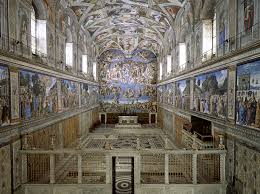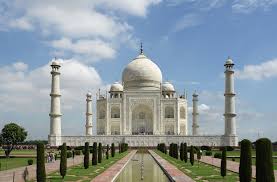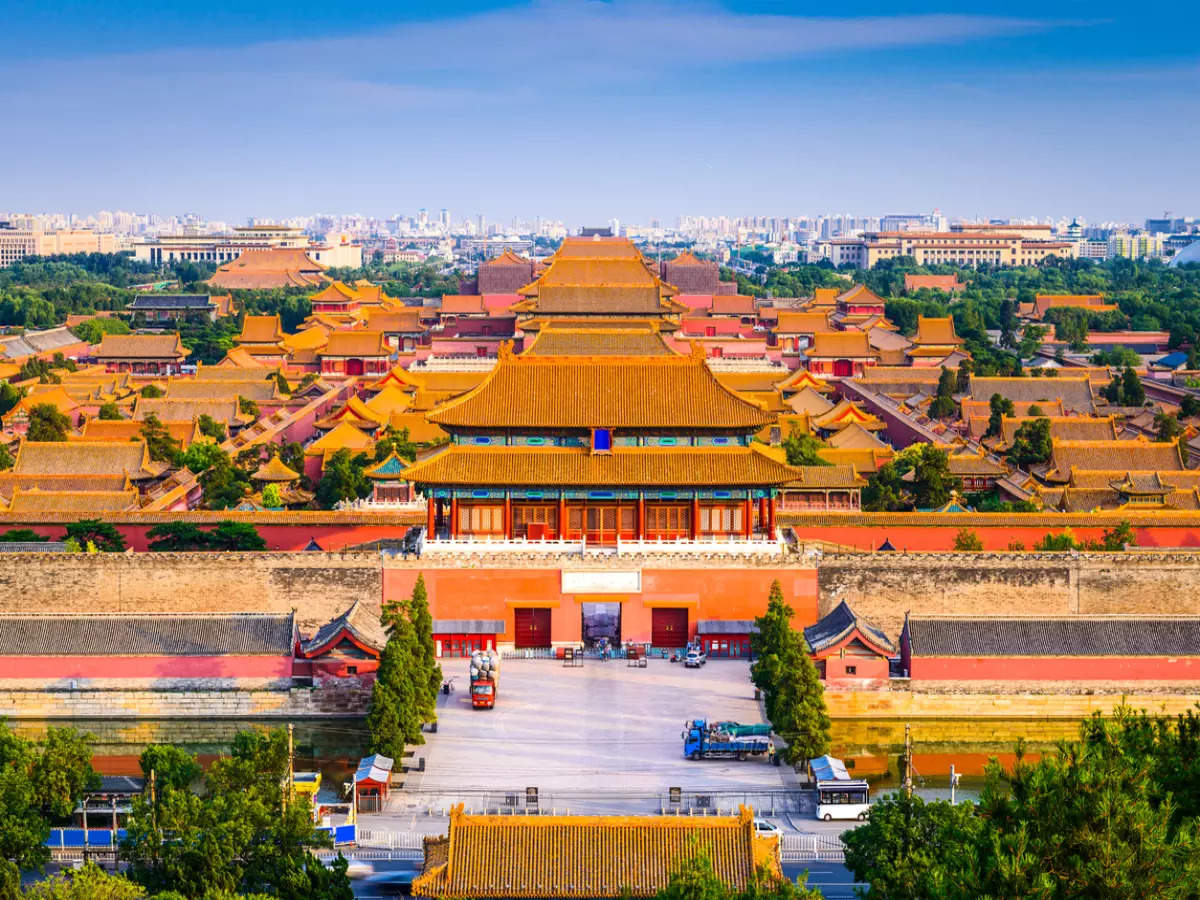this innovation increased literacy rates in Europe starting in the 1400s
Gutenberg's Printing Press
this political and religious doctrine that asserts that a monarch derives their authority directly from God, rather than from the consent of the people or any secular authority. Here are some key aspects of this concept as it developed in Europe
Divine Right of Kings
This event was the result of challenges to the catholic church in which many christian demoninations emerged from it
Protestant Reformation
This form of government became a popular tool in expanding states because it gave rulers more authority and power and created a system of people that reported directly to the ruler
Bureacracy
:max_bytes(150000):strip_icc()/versailles-palace-courtyard-SECRET1216-911d9538288141a686474b1ce08a2e1a.jpg)
This palace was created in France by Louis XIV in which he kept the noble class
Palace of Versailles
This river was important for the expansion of Russia as it gave access to the Mediteranean trade
This ruler created absolute power for himself in France
Louis XIV
Name on the two central figures that led the Protestant Reformation
Martin Luther
John Calvin
This system helped develop an effective bureacracy in the Qing Dynasty
Civil Service Exam

This famous chapel has a mural called a frescos created by Michelangelo in the Vatican City which displays the influence and power of the Catholic Church on Western Europe
Sistine Chapel
This Chinese Dynasty took over parts of Mongolia and revived the Great Wall of China
Ming Dynasty
This was a personal army loyal to Russian Tsar. These enforcers were known for their distinctive black attire and their brutal methods, including acts of terror against those suspected of disloyalty.
Oprichina
Henry VIII
This ruler attempted to use tolerance and assimilate Hindus and Muslims into one religion in the Mughal Empire
Akbar
This city was the political and ritual center of China for over 500 years. After its completion in 1420, it was home to 24 emperors, their families and servants during the Ming (1368–1644) and the Qing (1644–1911) dynasties.
The Forbidden City
Name one of the Islamic Gunpowder Empires of the time period
Ottoman, Safavid, Mughal
This system used by the Ottoman Empire forced Christian boys to serve government in army, or as bureaucratic officials such as tax collectors or diplomats
Devshirme
This political leader from Russia took away religious authority from the Eastern Orthodox church leaders and created a more politially run government government
Peter the Great
Name one of the examples of how states became better at extracting taxes from their populations
Zamindars - Mughals
Ottomans - Janissaries
Aztecs - Tribute System
Ming - paid taxes in silver only
Intendants (Tax Farmers) - France

This is considered a pinnacle of Mughal architecture and a symbol of India's rich history.
Taj Mahal
This ruler was a precursor to the Islamic Gunpowder states who descended from the Mongols and Turks and demonstrated the potential for power through military innovation, laid the foundation for future empires, and influenced the cultural and political landscape of the region.
Tamerlane (Timur).
this group were important landowners and revenue collectors in the Mughal Empire, which ruled much of the Indian subcontinent from the early 16th to the 19th century
Zamindars
this religion originated in India attempted to combine Hinduism and Islam in the Mughal Empire
Sikhism
Give an example of a Land based empire which trained corps of elite soldiers who could fight more effectively than other militaries
Ex 1: Janissaries - Ottoman Empire
Ex 2: Ghulmans in Safavids
 How did Chinese dynasties legitimize their rule during this time period?
How did Chinese dynasties legitimize their rule during this time period?
Imperial Portraits
